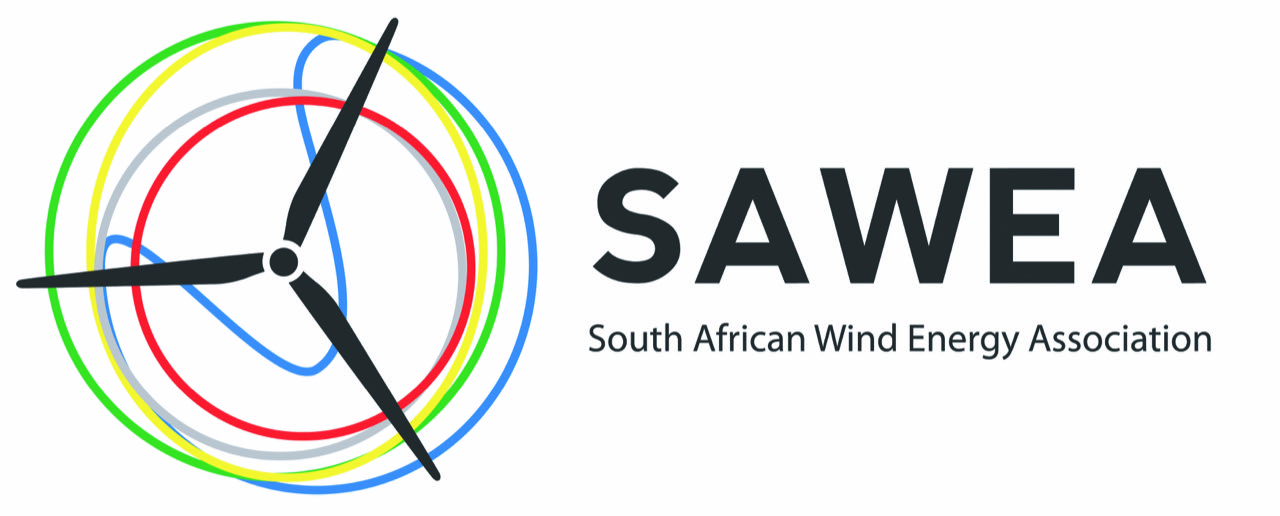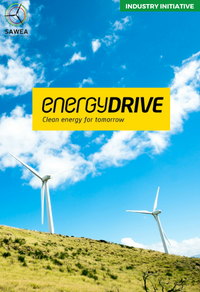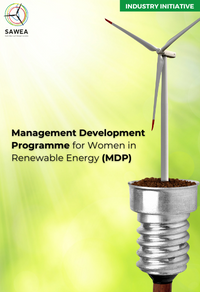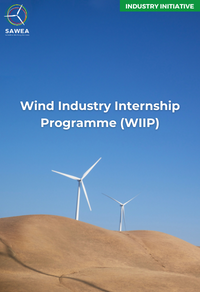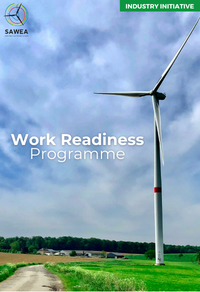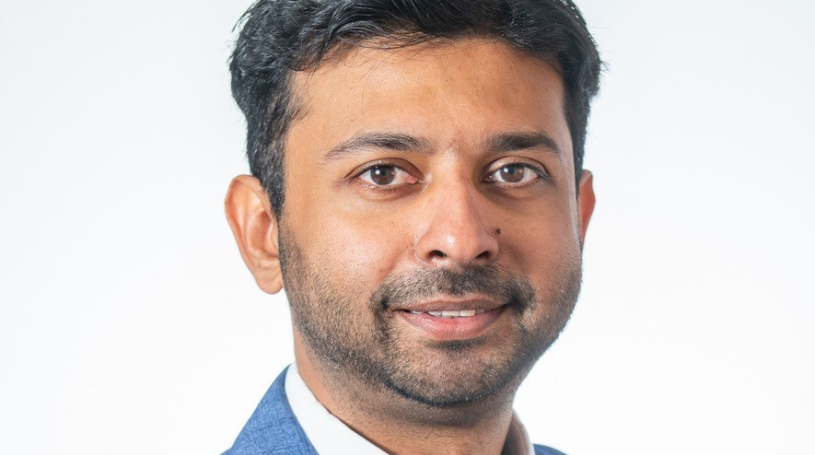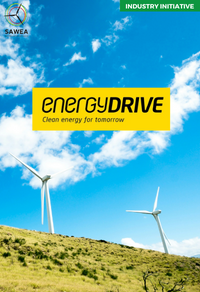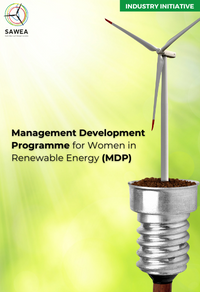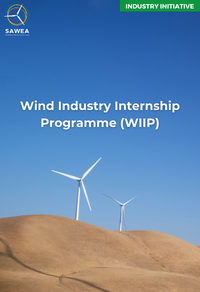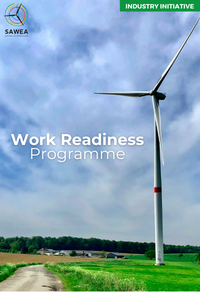Realising green electrons from South Africa’s first private wind energy project
The South African Wind Energy Association (SAWEA) celebrates a significant milestone in South Africa’s renewable energy journey, alongside its members—Reatile, AIIM, ACED, Sasol, and Rand Merchant Bank—with the successful delivery of wind electrons from the first private wind energy project, Msenge Emoyeni Wind Farm.
This project sets a new precedent for South Africa’s transition to renewable energy, showcasing the wind sector’s potential to meet the country’s growing clean energy demands. As South Africa’s first private wind project to evacuate green electrons, the Msenge Emoyeni Wind Farm gives emphasis to the critical role that wind energy has in shaping the future of electricity supply and energy distribution.
“Congratulations are in order to all parties, as this project is a symbol of our envisaged energy future in a reformed market and demonstrates the wind sector’s ability to assist high-emitting industries in integrating sustainable practices through renewable energy in South Africa,” says Niveshen Govender, CEO of SAWEA.
Building on the foundation laid by the ERA Bill Schedule II amendments, this achievement marks a historic moment for the role of wind energy in South Africa’s Just Energy Transition. It demonstrates the critical impact of positive regulatory reform in advancing a low-carbon future.
Grid Capacity Remains a Challenge
While we celebrate this success, grid capacity remains one of the sector’s biggest challenges.
Speaking recently at Windaba Conference, the Chairperson of the NTCSA, Ms Priscillah Mabelane emphasised the need for an expanded transmission network to accommodate 53,000 MW of new power sources over the next decade. She highlighted the urgency of collaboration with the private sector to overcome infrastructure hurdles and accelerate grid connections. The role of grid infrastructure in enabling faster deployment of wind energy cannot be overstated.
NERSA's Proposed Wheeling Framework and its Impact
This project highlights the potential for interprovincial wheeling in the country. SAWEA anticipates that the proposed wheeling framework by NERSA will help accelerate the deployment of wind energy projects across the country.
“The Msenge Emoyeni Wind Farm, completed in just 18 months, is one of the fastest-constructed wind energy projects in South Africa. This achievement highlights how quickly wind energy infrastructure can be constructed when supported by clear regulations, grid availability and private sector readiness,” concludes Govender.
